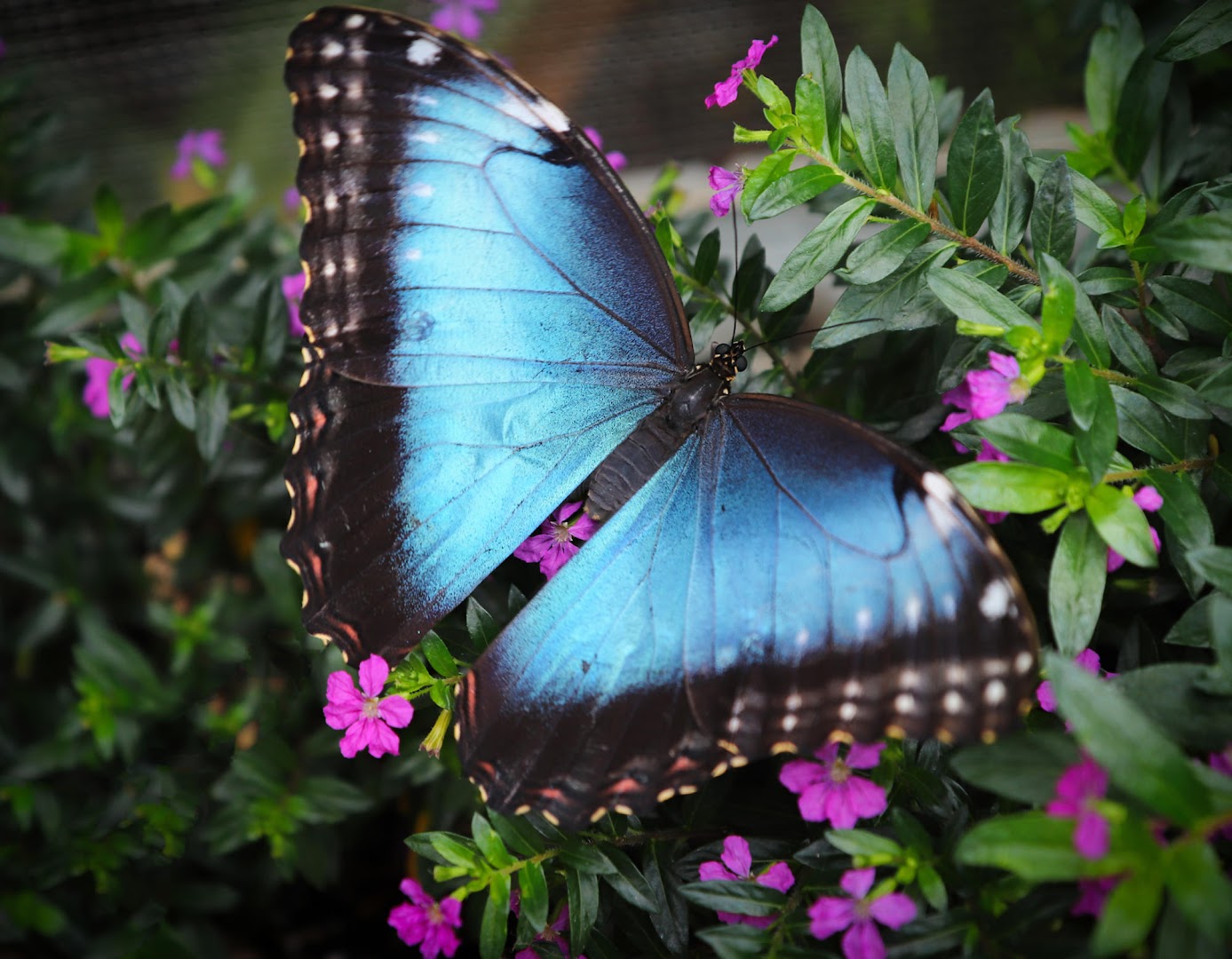Sunshine and butterflies are as common as polar bears and snow. If you think of butterflies, you immediately feel transported to a sunny day. In the UK we are fortunate if we have more than a couple of weeks every year to take pleasure in butterfly-like skies, blue butterflies, and vibrant flowers. The sighting of a butterfly prior to April and then after September is not a common event. Where do butterflies go when it’s too cold and wet to fly?
Different butterflies go through various stages of their life cycle. The species that is native to the UK nine of them go through the coldest winter months as eggs; 31 of them are caterpillars, 11 are chrysalis butterflies and five are as adults. Speckled Wood is distinctive in its capacity to endure the winter in either caterpillars or chrysalis.
The majority of species plan their egg-laying in order to allow their caterpillars to emerge before temperatures fall. Caterpillars can be found dormant typically, they will be buried in leaves until spring. If you spot caterpillars above ground in February the chances are that it has come out of hibernation and is looking for a place to pupate.
Of the species that live the coldest seasons as the chrysalis, many pupate at the bottom of the plant near the ground or concealed in fallen leaves. Typically, a chrysalis is well-hidden from the surroundings and a lot of them will change in the time they spend as a chrysalis.
A pupa that is orange-tipped begins green to mimic the leaves of the summer’s end, but will eventually become brown as autumn leaves. Some of the most poorly disguised chrysalises include butterflies. Large or Small White butterflies whose caterpillars climb over fences and walls and often pupate inside cracks of brickwork, on window sills or in door frames.
The eggs of butterflies are rarely more than just a few millimetres in width. This makes them hard to spot, but they are easily found when you are familiar with the food plant that the butterfly eats.
This Brown Hairstreak butterfly lays its eggs on Blackthorn towards close to the month of August. It will remain in this shape till the larvae hatch. The caterpillars consume the newly-grown foliage of the plants. The eggs that look like anemones are less difficult to identify than adult butterflies, who live their time high in the treetops.
Peacock, Red Admiral, Small Tortoiseshell, Comma and Brimstone remain in their adult forms. The butterflies will hide into crevices in the outside of their homes, log piles or even evergreen plants and stay in the coldest months in a dormant condition.
This isn’t complete sleep because the winter sun may sometimes be warm enough to get them up. If you notice butterflies at this time of the year, it is highly likely that they are seeking out food before returning to their sleepy state.
Sometimes butterflies head indoors to seek shelter. If you spot one in your home, the most helpful thing you can accomplish is to release it or transfer it to a garage or shed so that it doesn’t get confused with central heating and rest in winter until it can come out at the right time to see spring flowers and potential friends.
The pleasant temperatures in January have led to six species of butterflies being observed in the first week of this year. While seeing a butterfly is always an enjoyable experience, we should hope that the majority of butterflies are hidden away in safe places in anticipation of a better moment to fly. There are enough challenges to find food sources and breeding areas in the ever-changing landscape, and they need to keep their eyes open for some sunshine to maximize the chances of being able to survive.

